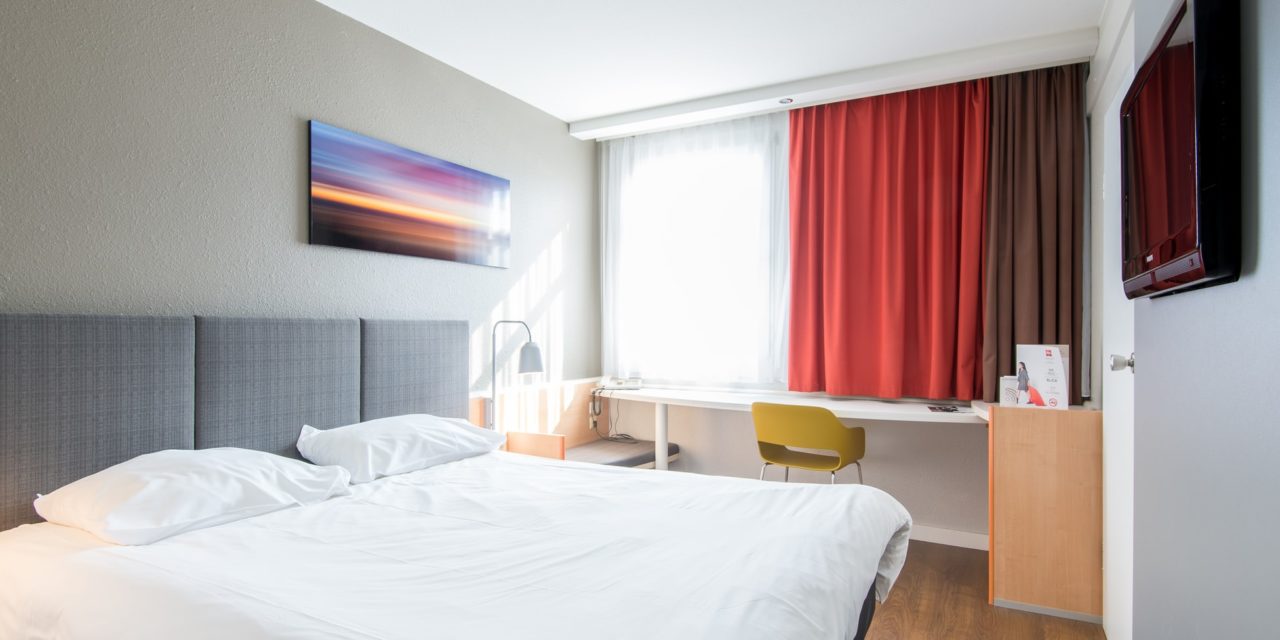[ad_1]
Anybody who takes the time to make cookies from scratch obviously wants them to come out perfectly and taste delicious. Mixing ingredients is almost unheard of these days with just about everything being available in pre-mixed or pre-made packages. Most people simply buy a roll of cookie dough, slice it, and stick it in the oven for 15-18 minutes. However, for the individuals out there who still take the time to make their own cookie dough, it's important to know the differences between all the types of sheets available in stores today. There are a multitude of them, and believe it or not, they all yield different results.
Insulated Non-stick Sheet
Most insulated sheets are made to be non-stick, and because insulated sheets are sometimes on the more expensive side, they tend to resist scratches, chipping, and peeling. Insulated cookie sheets are basically two sheets that have been connected around the edges, which creates a small pocket of air that cannot escape. The air inside of the pocket heats to the set temperature of the oven when the sheet is placed inside.
Insulated cookie sheets are very reliable for evenly baked cookies. Because the air inside the sheet heats to the temperature of the oven, it allows all the cookies on the sheet to cook and brown at the same rate. The evenly heated air prevents the sheet from being hotter in certain spots, which is a common occurrence with regular sheets. In addition to yummy cookies, most insulated sheets are easy to clean because of their non-stick surfaces.
Aluminum
Aluminum cookie sheets are very commonly used. Aluminum conducts heat well which is why cookie sheets made of this material usually produce an evenly baked cookie. The only down side to aluminum is that it sometimes prevents cookies from reaching the perfect shade of brown.
Cookie sheets made of aluminum are very sturdy and they won't rust even if they have to be soaked in water for and extended period of time. Heavy aluminum baking sheets are better to use than the thin types that are available for less money. Thin aluminum sheets can bend and/or warp in a hot oven which can cause cookies to cook unevenly.
Non-Stick Cookie Sheets
When non-stick cookie sheets were invented, a whole new world of baking emerged. The ease of cleaning a cookie sheet with a non-stick surface is amazing, and it practically eliminates the need to butter the sheet before cooking. Washing a non-stick sheet is a breeze and hardly requires anything but a quick scrub.
Non-stick sheets have a surface coating that makes them easy to clean, yet they are still able to produce delicious cookies. Keep in mind that the darker the non-stick surface, the quicker the cookies will brown. Therefore, it's important to read the instructions that come with the sheet to find out if the manufacturer recommends that the oven's cooking temperature be lowered to compensate. It may be necessary to lower the temperature of the oven by about 25 degrees.
In conclusion, cookie sheets can be made of a number of different types of materials, or even a combination of materials. Every sheet will yield a different end result for the same exact cookie recipe. The darker the sheet, the faster the cookies will brown because a dark sheet absorbs heat more readily and transfers the heat directly to the cookies. Aluminum cookie sheets are good conductors of heat but are not good for ensuring that the cookies will brown. Insulated cookie sheets will ensure evenly baked cookies no matter how they are spaced on the sheet. For best results, try out a cookie recipe on all three types of sheets and determine which yields the desired results.
[ad_2]
Source by Debbie Dragon


